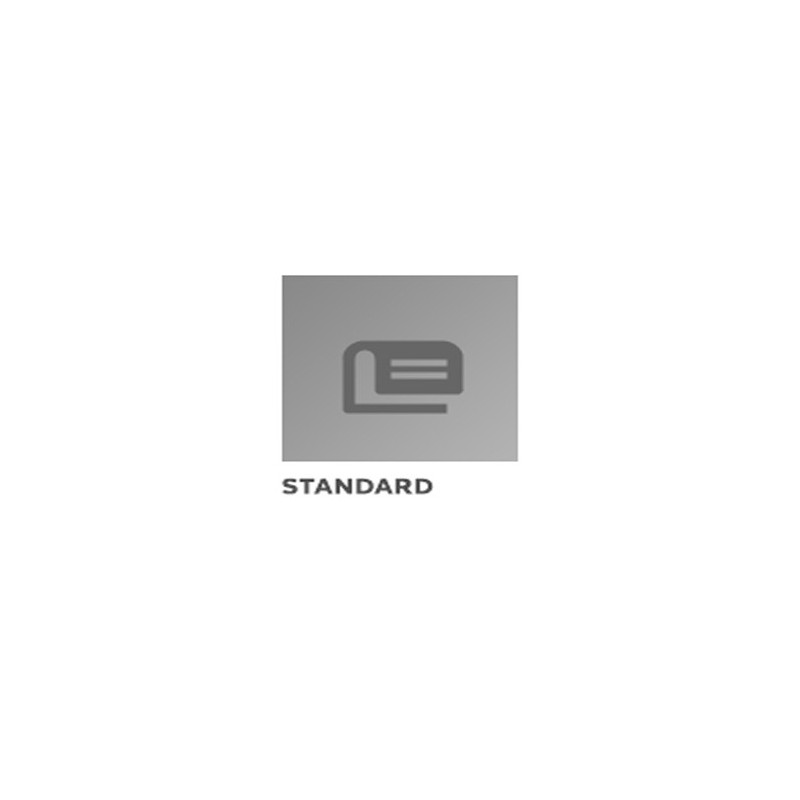Description / Abstract:
1. Scope - This SAE Information Report studies the present
transmission media axioms and takes a
fresh look at the Class C transmission medium requirements and also
the possibilities and
limitations of using a twisted pair as the transmission medium.
The choice of transmission medium is a large determining factor in
choosing a Class C scheme.
1.1 Background - The Vehicle Network for Multiplexing and Data
Communications (Multiplex) Committee
has defined three classes of vehicle data communication Networks:
a. Class A - Low-Speed Body Wiring and Control Functions, i. e.,
Control of Exterior Lamps
b. Class B - Data Communications, i. e., Sharing of Vehicle Parametric
Data
c. Class C - High-Speed Real-Time Control, i.e., High-Speed Link for
Distributed Processing
1.2 Interrelationship of Classes A, B, and C - The Class B Network is
intended to be a functional
superset of the Class A Network. That is, the Class B Bus must be
capable of communications that
would perform all of the functions of a Class A Bus. This feature
protects the use of the same bus
for all Class A and Class B functions or an alternate configuration of
both buses with a "gateway"
device. In a similar manner, the Class C Bus is intended as a
functional superset of the Class B
Bus.
1.3 Electromagnetic Susceptibility (EMS) Considerations - Inherent
with the high data rates of a
Class C Bus is a higher probability of electromagnetic interference
(EMI) corrupting data. There
has been a lot of research on Class B Networks that use twisted pair
operating at data rates below
50 kbps and methods have been found to overcome the communication
problems (SAE J1850). But, it is
commonly agreed that the corruption of serial data by EMI will be an
issue if a twisted pair or any
other kind of conventional wiring and connector design is used at the
higher data rates. Also, if
data communication requirements dictate transmission rates above
50kbps, another technique may be
required because 50 kbps is the practical upper limit of these Class B
Networks (SAE J1850) that
use twisted-pairs and conventional bus drivers.
1.4 Electromagnetic Interference (EMI) Considerations - A key concern
is the generation of EMI when
the Class C Vehicle Multiplexing Network is utilizing twisted pair for
the transmission medium
operating at data transmission rates above 50 kbps. It is because of
this EMI concern that most
automotive RF engineers commonly accept that either a fiber optic or a
shielded cable will be
required for the transmission medium at data rates above 100 kbps.
It is expected that the growth of data communications on vehicles, the
issue of shielding cost
requirements, and electromagnetic compatibility of copper-based
systems, will drive future
development. These factors and other, as yet undefined, needs for
Class C communication will
eventually drive the implementation of automotive fiber optic systems
for higher data transfer
rates.


